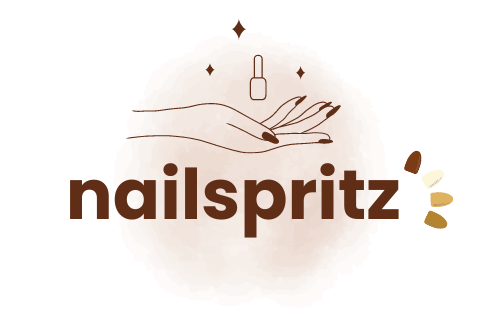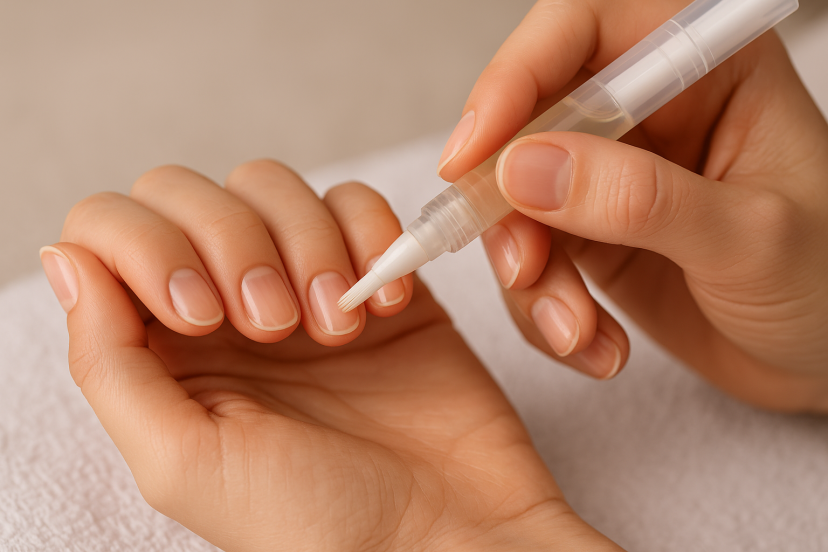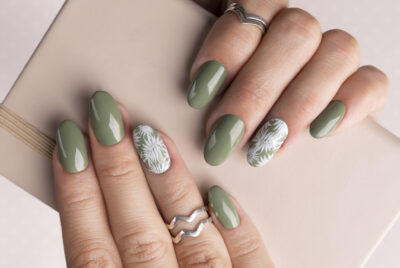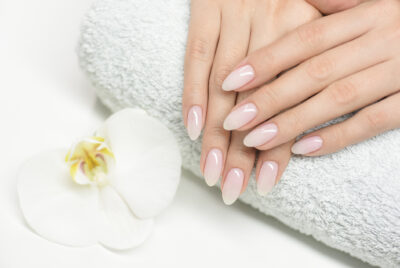Cuticle Oil Routine: 7 Techniques for Healthy Nails in the Cold
We may earn a commission for purchases made using our links. Please see our disclosure to learn more.
Ever noticed how your nails and cuticles become dry, cracked, or even painful during colder months? Winter air pulls away moisture, leaving cuticles rough and nails prone to peeling. If ignored, this small issue can lead to infections or brittle nails that take weeks to repair. The good news is that a simple cuticle oil routine can keep your nails nourished, smooth, and healthy—even when the weather isn’t on your side. Below, you’ll discover seven effective techniques and product picks to make nail care easy and enjoyable.
Why Cold Weather Damages Cuticles
Cold winter air is naturally low in humidity, which means it pulls moisture from your skin faster than usual. At the same time, indoor heating makes the problem worse by creating an even drier environment. The result? Skin everywhere feels tight and dehydrated, but cuticles—being thin and delicate—are often the first to show stress.
According to Aventino Medical Group, sebaceous glands slow down in cold weather, producing fewer natural oils. This drop in oil production weakens the skin’s protective barrier and leaves cuticles more prone to cracking and irritation. Combined with vasoconstriction (narrowing of blood vessels), less blood flow reaches the skin surface, which further limits nutrient delivery and repair.
As NailKnowledge explains, nails and surrounding cuticles dry out quickly in winter. Reduced hydration causes brittleness, peeling, and rough edges, all of which make nails weaker and more vulnerable to damage. Without proper care, dry cuticles can pull away from the nail plate, creating tiny gaps where bacteria or fungus might enter.
In short, cold weather strips away moisture, reduces natural oils, and slows circulation—three factors that leave cuticles fragile and in need of extra protection.
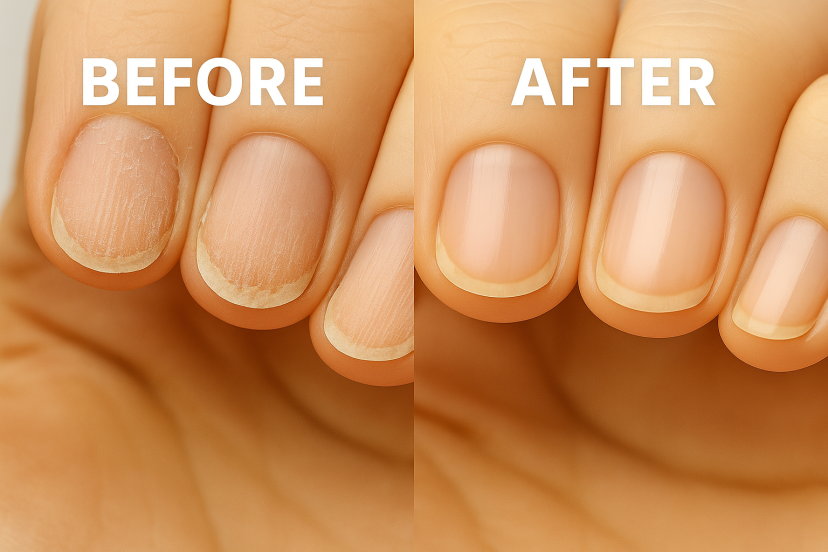
Benefits of a Consistent Cuticle Oil Routine
Cuticle oil isn’t just a beauty trend—it’s practical care with long-term benefits. When used daily, it:
- Restores lost moisture: Natural oils mimic skin’s sebum, replacing what winter air strips away.
- Prevents cracks and hangnails: Keeping the area flexible reduces painful splits.
- Strengthens nail growth: Healthy cuticles protect the nail matrix, encouraging stronger nails.
- Boosts polish life: A hydrated nail bed is flexible, so polish is less likely to chip.
- Enhances shine: Nails look naturally glossy without polish.
And let’s be honest: hydrated cuticles make manicures look cleaner and more polished. If you enjoy DIY nail art, pairing your oil routine with quality nail art supplies is a smart move.
7 Proven Techniques for Healthy Nails
1. Warm the Oil Before Application
Cold oil can sit on the surface of the skin instead of penetrating. By rubbing a few drops between your fingertips, you slightly warm it, which increases absorption. Think of it like applying warm lotion—it sinks in faster.
2. Massage for Better Absorption
It’s not just about putting oil on top of your cuticles. Massaging boosts circulation around the nail bed, helping nutrients reach the matrix. Take a minute per hand to gently rub the oil in circles. This not only hydrates but also stimulates growth.
3. Use Daily, Not Just Weekly
Many people treat cuticle oil as an occasional fix. The truth is, daily use makes the biggest difference. Applying before bed allows the oil to work overnight, when your body is in repair mode. Within a week, you’ll see smoother skin and fewer rough edges.
4. Apply After Hand Washing
Hand washing is essential, but it strips natural oils. Every time you wash or sanitize, you’re drying your skin. A drop of cuticle oil afterward prevents dehydration and keeps nails flexible.
5. Combine with Gloves for Overnight Repair
Want spa-level results? Apply a generous layer of oil before bed, then slip on thin cotton gloves. Overnight, the oil penetrates deeply, and you’ll wake up with dramatically softer cuticles. It’s one of the easiest self-care rituals for winter.
6. Layer with Hand Cream
Oils and creams work differently. Oil penetrates, while cream locks in moisture. By applying cuticle oil first and following with hand cream, you create a protective barrier that lasts longer. This two-step process is especially useful if you’re dealing with harsh wind or snow.
7. Don’t Skip Toenails
Cuticle oil routine isn’t just for hands. Toenails suffer in winter too—trapped in thick socks and boots all day. Applying oil to toenail cuticles prevents thickened, brittle nails and keeps pedicures lasting longer.
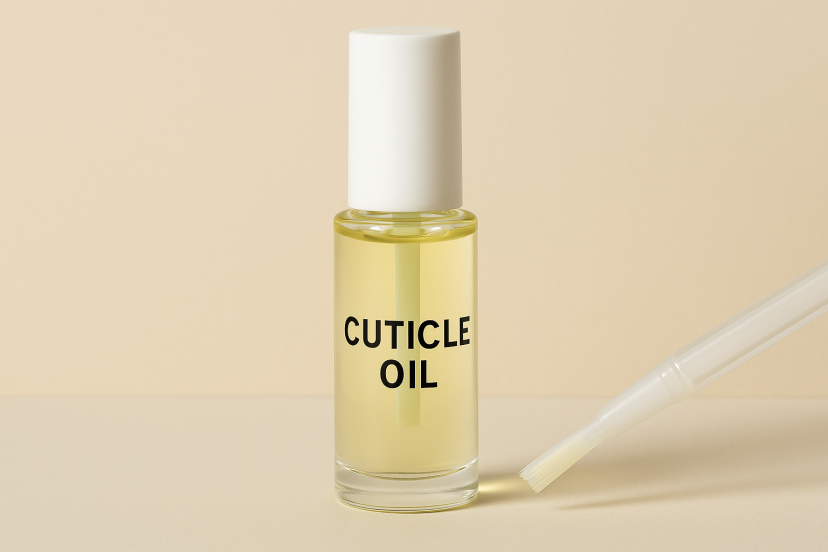
5 Best Picks to Elevate Your Routine
Here are five highly rated options to make your cuticle care easier and more effective:
- CND SolarOil Nail & Cuticle Care – A cult favorite that blends jojoba, vitamin E, and almond oil for intense hydration.
- Cuccio Revitalizing Cuticle Oil, Milk & Honey – Lightweight, soothing, and loved for its natural scent.
- Burt’s Bees Lemon Butter Cuticle Cream – Compact and natural, perfect for travel or daily use on the go.
- OPI ProSpa Nail & Cuticle Oil – Professional-grade with fast absorption, often used in salons.
- Sally Hansen Vitamin E Nail & Cuticle Oil – Affordable and effective, making daily care more accessible.
Product Comparison Table
| Product | Key Ingredients | Pros | Cons |
| CND SolarOil Nail & Cuticle Care | Jojoba oil, sweet almond oil, vitamin E | Cult favorite, fast absorption, strengthens nails | Slightly pricier than drugstore brands |
| Cuccio Revitalizing Cuticle Oil (Milk & Honey) | Milk, honey extract, light oils | Lightweight, pleasant scent, salon-approved | Fragrance may not suit everyone |
| Burt’s Bees Lemon Butter Cuticle Cream | Lemon oil, cocoa seed butter, vitamin E | Compact tin, natural formula, long-lasting | Balm texture can feel waxy for some |
| OPI ProSpa Nail & Cuticle Oil | Grape seed oil, kukui nut oil, sunflower oil | Absorbs quickly, salon-grade formula, non-greasy | Higher price point |
| Sally Hansen Vitamin E Nail & Cuticle Oil | Vitamin E, apricot kernel oil | Affordable, widely available, effective hydration | Packaging can be a little messy |
Tips for Choosing the Right Cuticle Oil
With so many options, it helps to know what to look for:
- Natural oils first: Jojoba, almond, or coconut oil are excellent bases.
- Vitamin E for strength: Helps repair damaged skin and nails.
- Avoid harsh chemicals: Skip anything heavy in synthetic fragrance or alcohol.
- Consider texture: Oils are great for nighttime, while balms or pens work best for travel.
- Check reviews: User feedback often reveals long-term results better than marketing claims.
Conclusion
Cold weather doesn’t have to ruin your manicure. With the right cuticle oil routine, you can protect your nails from dryness, prevent cracks, and enjoy strong, healthy growth all season long. Remember, consistency is key. Even just a few drops each night can completely change the look and feel of your nails. Strong, well-nourished cuticles are the secret to naturally elegant hands. Treat them with care, and your nails will thank you all year round.
FAQs
1. How often should I apply cuticle oil in winter?
Daily application is ideal. Think of it like lip balm—regular use prevents damage.
2. Does using cuticle oil encourage stronger, quicker nail growth?
Indirectly, yes. By keeping the cuticle and nail bed healthy, it supports stronger growth.
3. Should I use cuticle oil before or after nail polish?
Use before for hydration, but clean the nail surface before painting to help polish stick.
4. Which is more effective, cuticle oil or hand cream?
Both are important. Oil hydrates nails and cuticles, while cream locks in moisture across the hands.
5. Can I make DIY cuticle oil at home?
Yes. A simple blend of jojoba oil and vitamin E works well. Mix in a drop of lavender essential oil for a soothing, aromatic touch.
